Average Birding

Cape Wrath
We wake to the smell of bacon sandwiches; there's a food wagon on site and it makes breakfast from 7:30. The sun is out, and the breeze has lightened; good, we've got a packed itinerary to get through today.
Pronoun guidance: AB1's loon-fu is insufficient. This post covers the events of July 2nd, 2018.
Editor's note: this was another ridiculously good day.
Early morning mustelids
I go for a quick stare at the sea with the scope. On the way, I am greeted with the question "so you like wildlife then?". Uh-oh. Am I breaking some sort of telescope rule? I opt for embarrassed honesty: "yes, wildlife, that's me". "Well, if you walk about 20m that way, there's a family of weasels playing in that gully". Amazing.
The gully's full of twisty grasses and shrubs, so the view is of an occasional brown shape shooting in and out of the top of it, but what joyous little things they are. Are they weasels, though? I'd maybe say they were stoats (darker brown, bigger), but my knowledge here is pretty shaky, so weasels they can stay.

The view over the sea is phenomenal - this area of the UK is famous for its pristine beaches, and Sango Sands is definitely one of them. Bird wise, I am struggling - the sun is still quite low over the sea, so I'm staring at a bunch of silhouettes. I can tell two of them are divers, but my loon-fu isn't sufficiently elite to discern which sort.
Back to the tent for a well-behaved breakfast of yoghurt and granola (we both want a bacon sandwich, but having brought food with us, to let it go off would be unacceptable). A short drive to Balnakeil beach followed by a short walk around the promontory between there and Durness is the first item on the agenda.
Durness circuit

Gordon (the guidebook author, who we have decided is with us in spirit) tells us that the area around a lake roughly half way through this walk is a possible Corncrake site. That may well be true, but our chance of seeing one at this time of day is zero in any case. Instead, we enjoy the views of Fulmar from the cliffs - I get some more time to fail to take any decent flight photos of them.

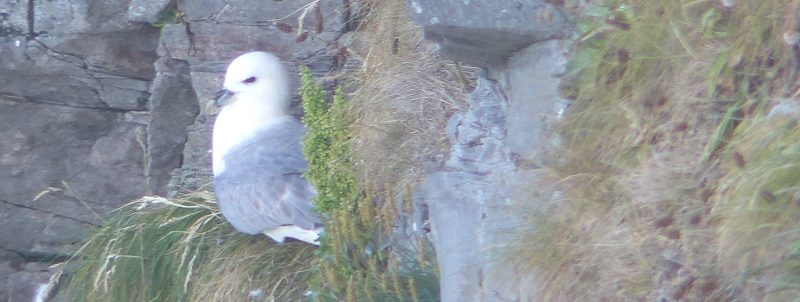
In the grassland, we encounter a family of Wheatear, with some fluffy youngsters. We also find what we think are a pair of fluffy Lapwing chicks , and, slightly easier on the ID front, we pick up the trip's (and the year's ) first Ravens.

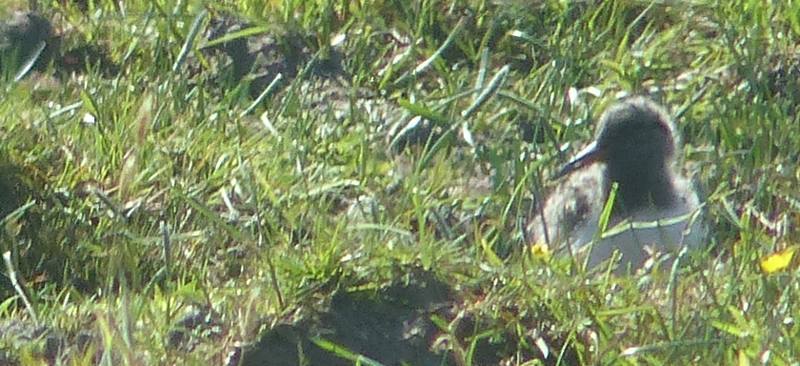
In the reedbed North of the lake, we also pick up a Sedge Warbler; notable only for how far North we are - Gordon lists a site considerably more Southern than here as his most Northerly, so we're mildly triumphant that we've exceeded that.
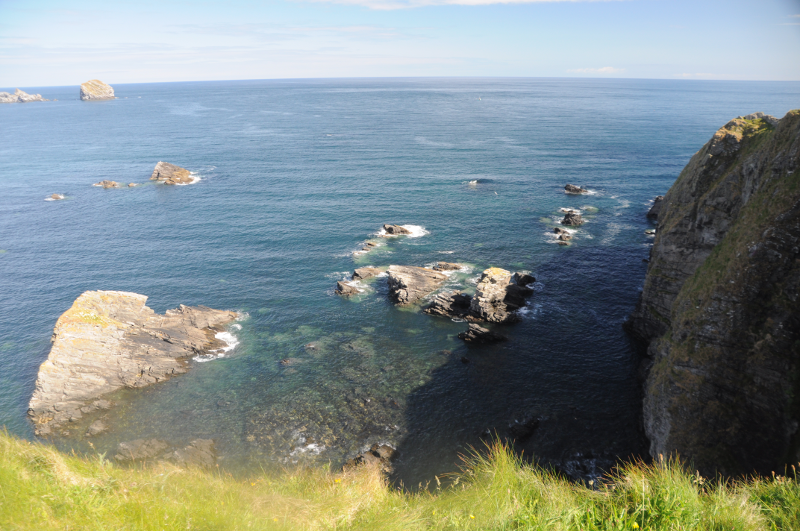
We turn our walk into a circuit by walking back down the road to the beach. AB2 hives off into the craft village while I collect the car - an ideal separation of responsibilities.
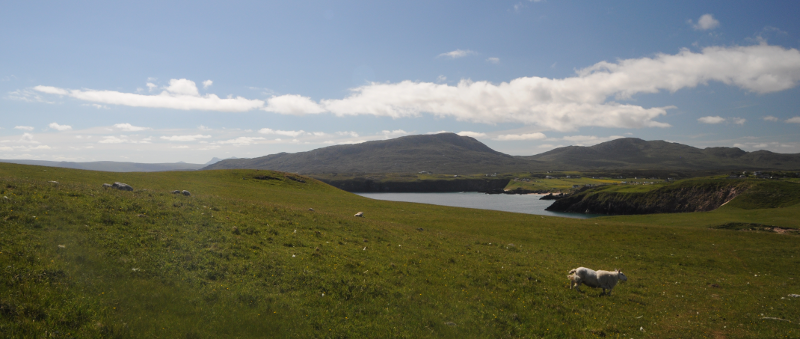
Cape Wrath
Our next stop is Cape Wrath. A very metal sounding place. We park up (badly) near the shore of the Kyle of Durness and await the ferry. The weather, at this point, has transformed into "full on awesome". The visibility over the mountains to the South and South East is jaw-droppingly beautiful; we think we can see Ben Hope's peak and wonder whether climbing it today might have been a good plan.
The ferry trip is short, over some of the clearest water I've seen in the UK. On the other side, two minibuses await to take us along the road to the lighthouse at the end of the Cape. We barrel in to the front seats of one of these as fast as we can; sticking me in the back of a minibus over forty minutes of rough track is a sure-fire recipe for vomit.
The minibus driver is also our tour guide. He's a veritable mine of information about the goings on of the Cape (it's mostly used as a military range, but its remoteness also makes it a haven for nature), and has a keen sense of humour. Our choice to sit in the front means we can hear everything he says: bonus. We can also hear grousing in the back about being unable to hear anything. Schadenfreude bonus. Another front seat perk: we see Arctic Skuas before anyone else - a group of four circling above the track. Life tick. Get in.
We stop around two-thirds of the way along in the hope of a better Skua view: a couple of pairs nest of some mounds right next to the track. They are absent at time of passing; we'll have another look on the way back.
Eventually the tour guide runs out of facts and starts to ask us about us. It turns out that he used to live about ten minutes away from where I grew up, and, hilariously, his son went to the same school as me (and, after a bit of thinking later, was even in my year group). We're still getting over precisely how bonkers this is when we pull into the car park at the lighthouse.
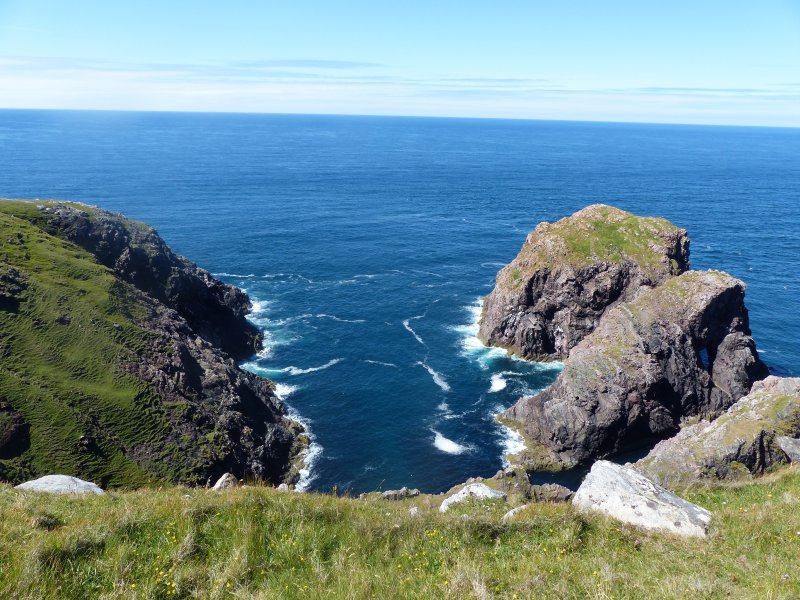
I could stay in places like this lighthouse for a very long time. There's something about the combination of green grass, cliffs and the sea bashing into them that really grips me. I can see why the lighthouse café operator has been out here for so long.

The grounds of the lighthouse and its outbuildings are perfect Wheatear territory, and true to form, there are two or three of them commuting between their favourite perch points. The cliffs and sea surrounding the point are dotted with auks, including Puffins. What a tremendous place. A shame we have only an hour here - it zips past in what feels like mere minutes.
Back to the minibus. On the way back, the Skuas are on show; handily, there's one light and dark morph, so I can get out my one Arctic Skua fact.
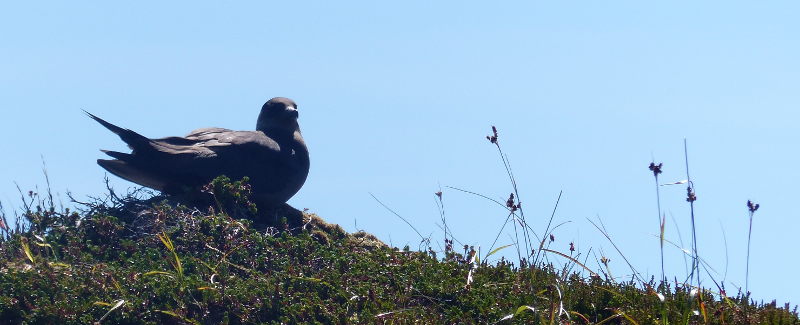
Barring a few Stonechat, a highly idiotic sheep and some seals lounging on a newly exposed sandbank in the Kyle, the journey back is otherwise uneventful. Something about the temperature and the roughness of the road takes me back to our tour of the Pantanal of around a year ago, and I am awash with sleepy nostalgia.
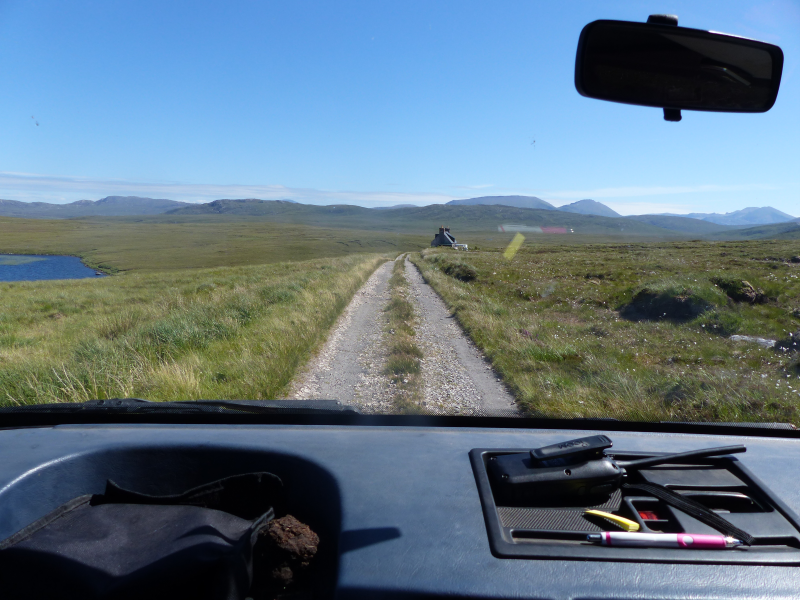
The ferry back across the Kyle provides yet more opportunity for gawping at the scenery. What a pleasant trip.
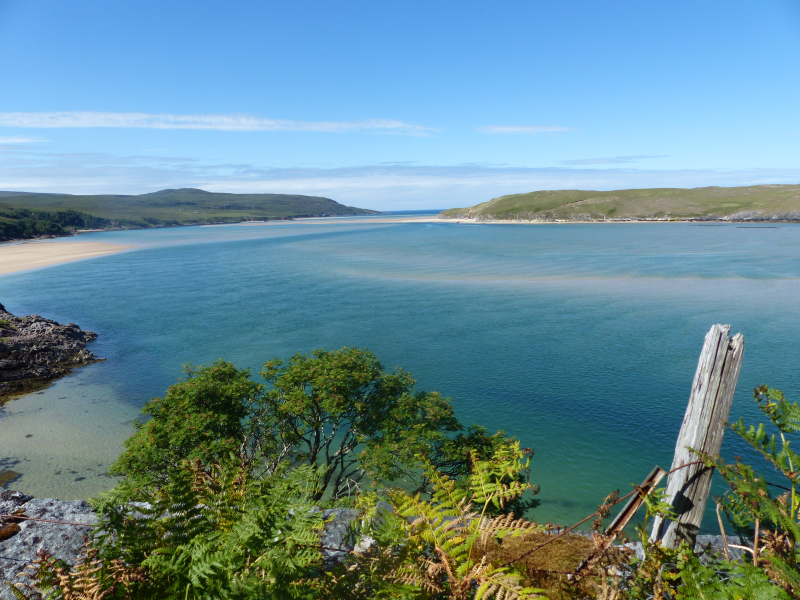

Oldshoremore
We've one place left to visit today - the beaches of Oldshoremore. This is ostensibly a scenery jaunt, but Gordon tells us the crofts around the beaches are a potential place to find Twite.
The drive there is full of more amazing geology (/geography?) - you can see why the whole North Coast 500 has been a successful marketing ploy. Eventually we arrive at a tiny bay (mildly stressed by tiny roads and local drivers). We're one bay further round than we ought to be, but it looks like a nice walk, so this will do.
The nice walk turns into a bit more of a scramble than intended. Borderline coasteering. It does inadvertently deliver some lovely views of Red-throated Diver, Shag, and Black Guillemot, which briefly appeases AB2, who is unhappy at the quality of navigation on offer. No sign of any Twite though.

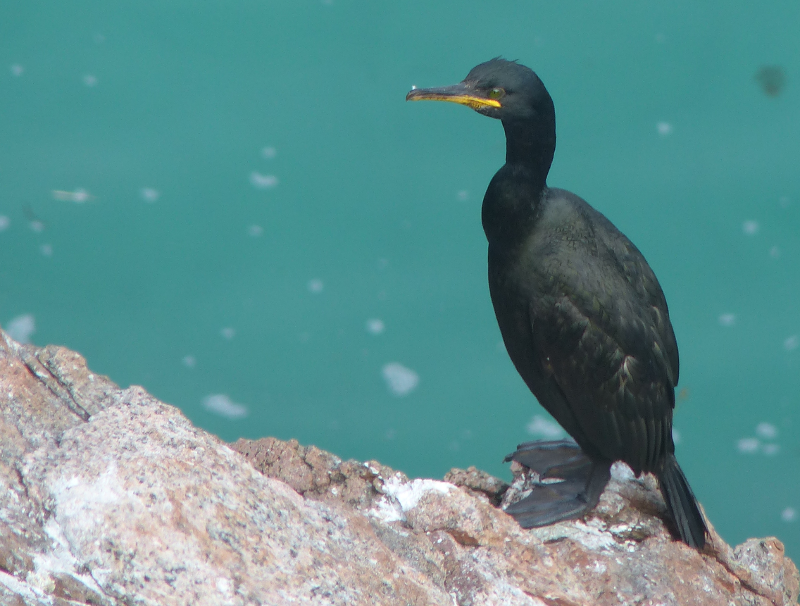


We eventually make it round to the intended beach; again, stunningly beautiful; we worry we're going to get inoculated to this level of scenery if it keeps going.
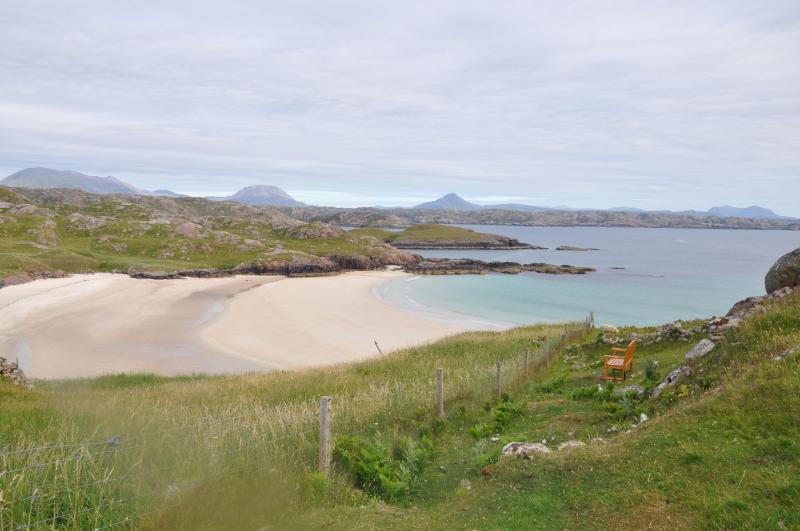
Scourie
The return journey to the car is less eventful: we manage to cut across between the bays rather than walking the coastline this time, so it takes five minutes rather than half an hour. We negotiate the tiny roads back to, well, slightly closer to civilisation and eventually end up on a campsite in Scourie, where AB2 persuades the attached bar to give us enough boiling water for a Pot Noodle each.
What a day. And Handa to come tomorrow as well. To cap it off, here's the view from the campsite.
